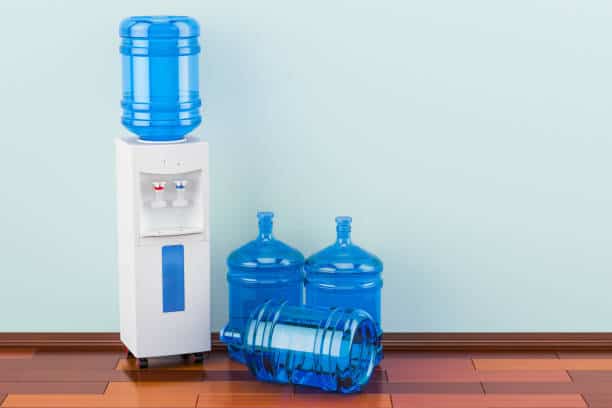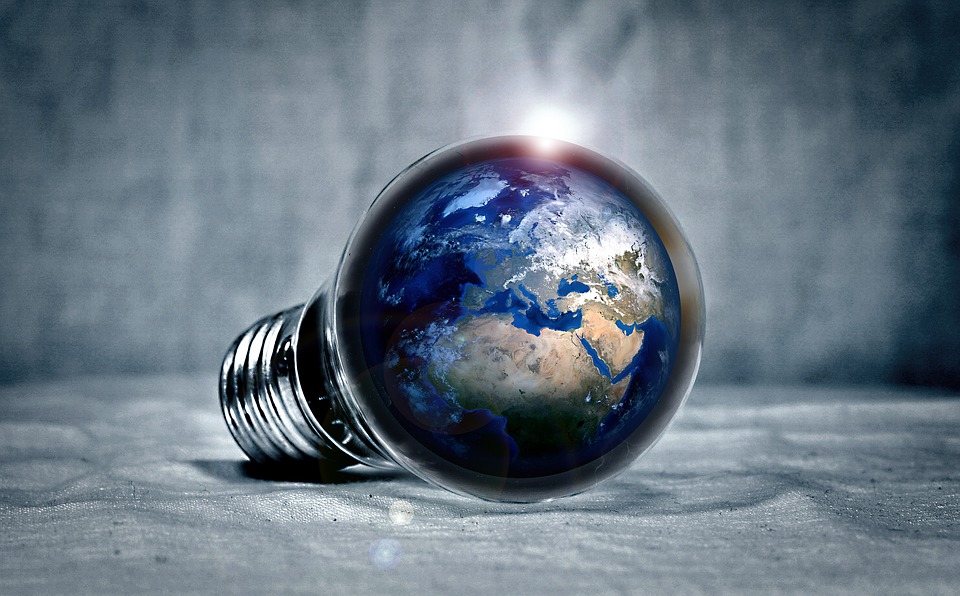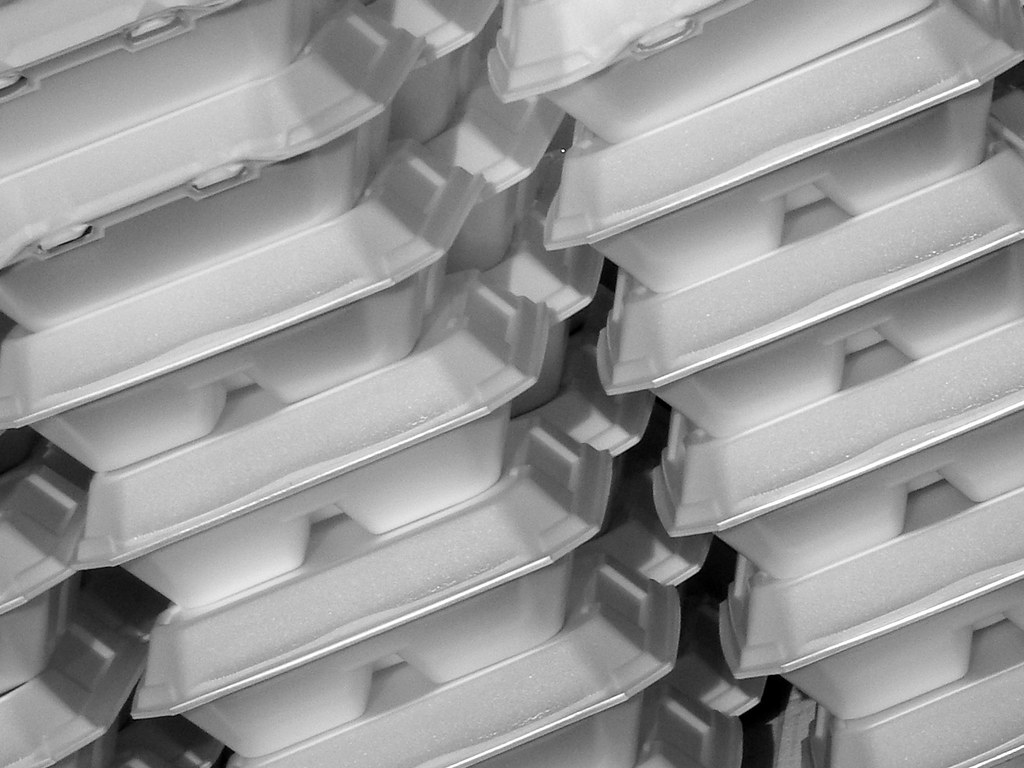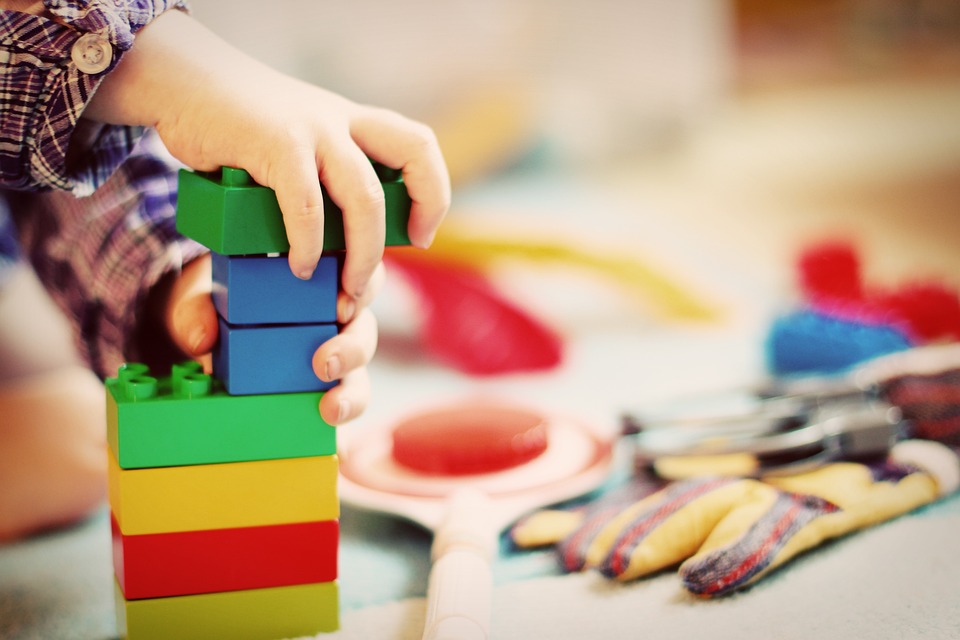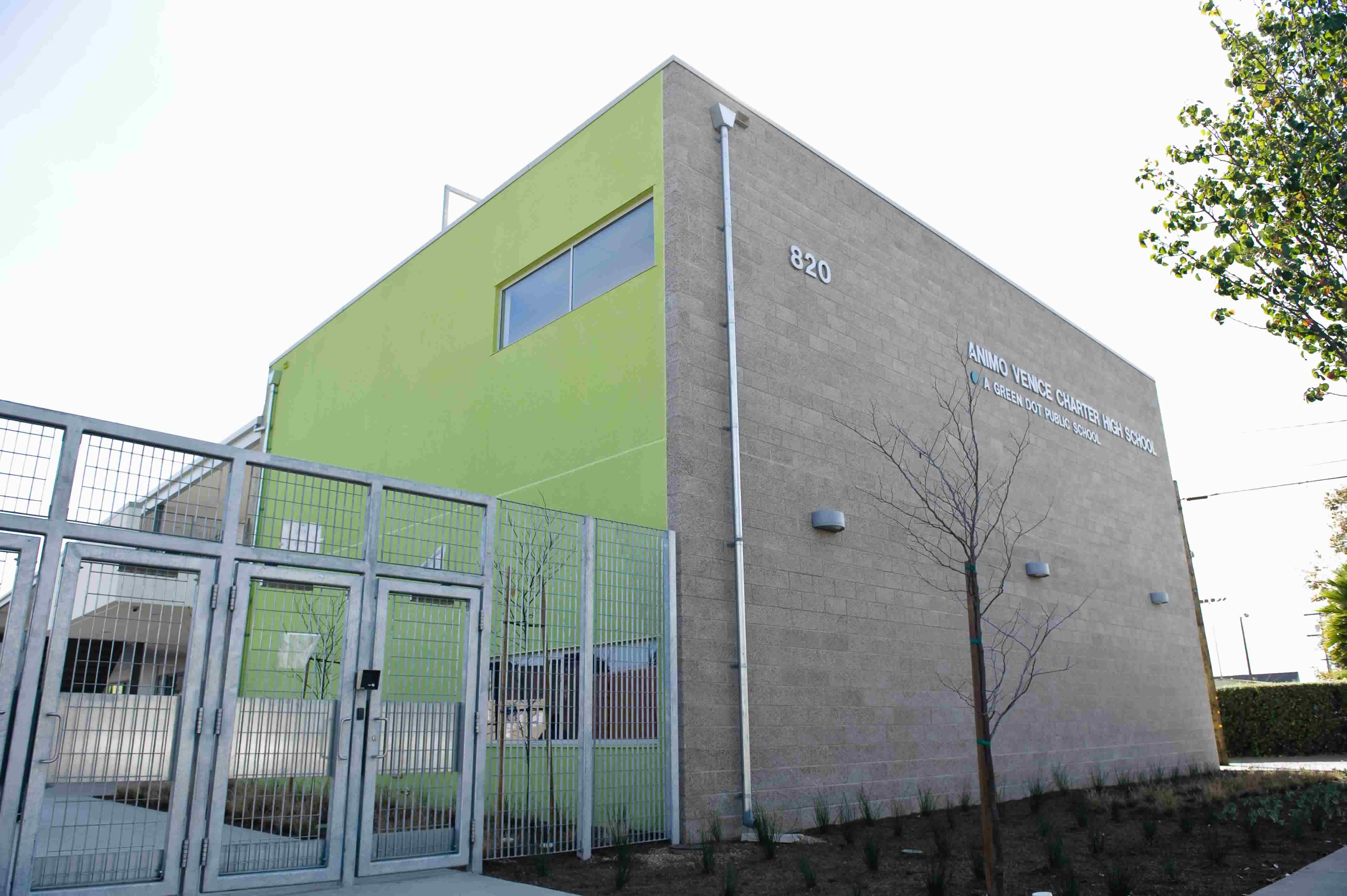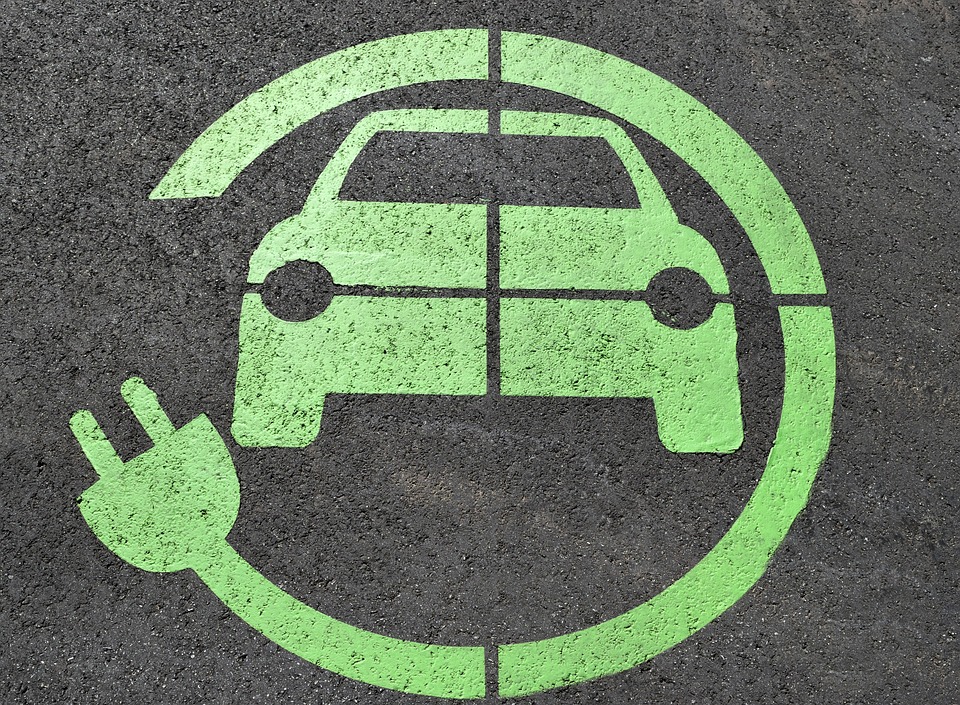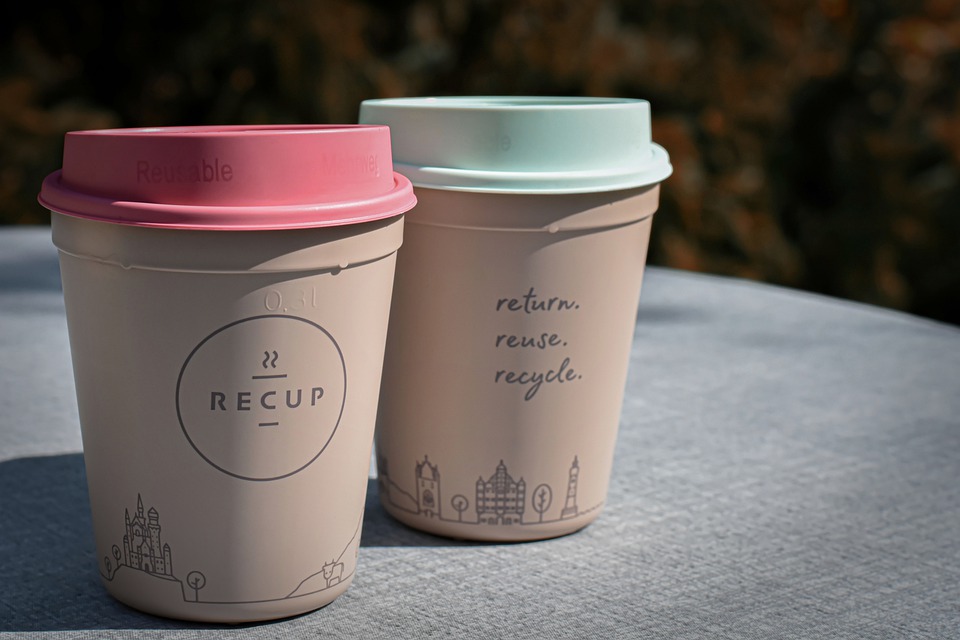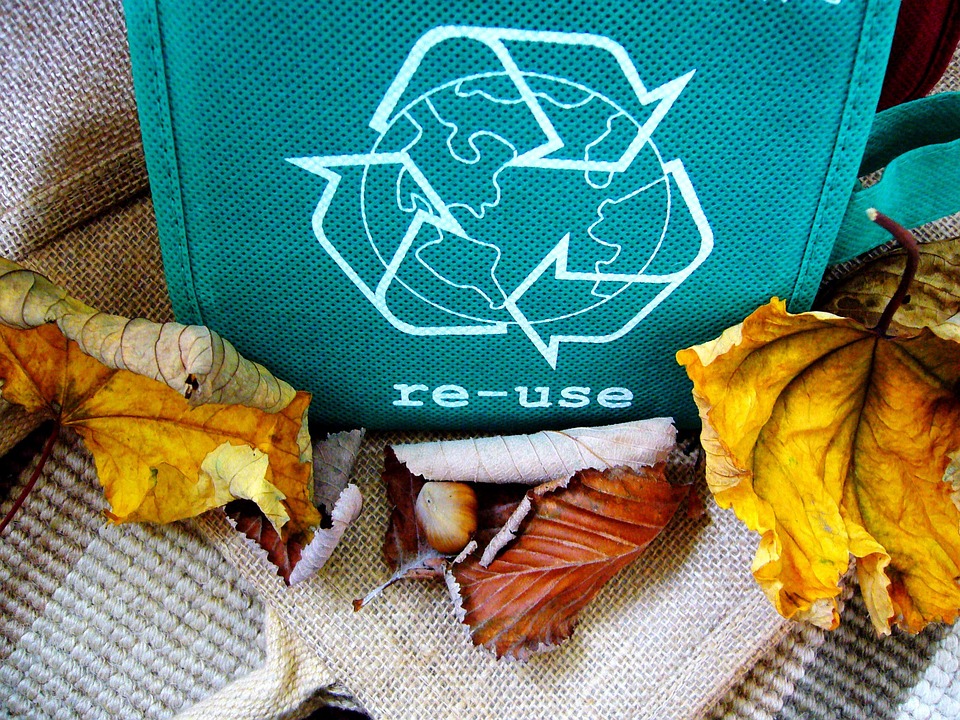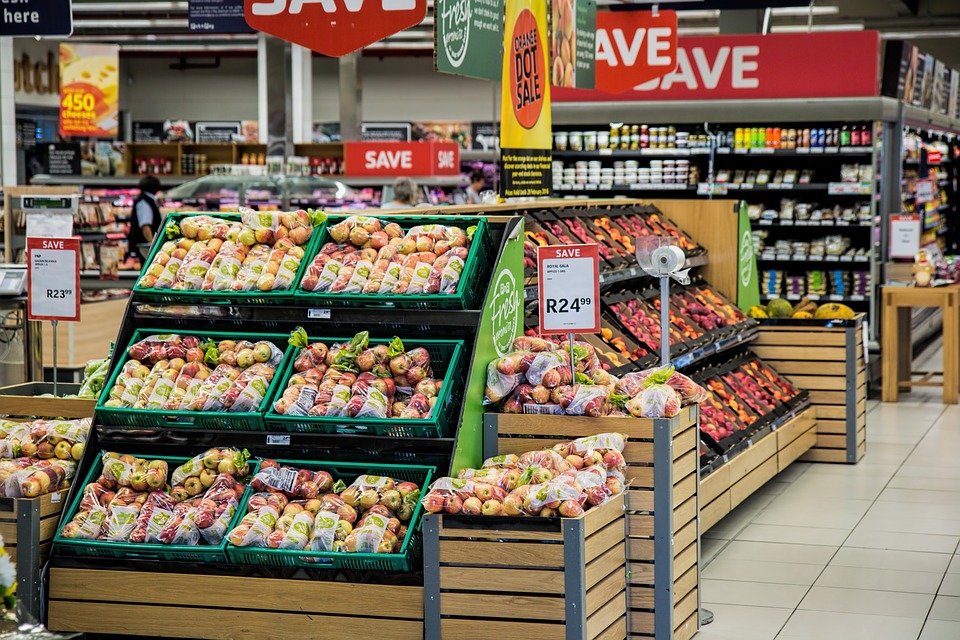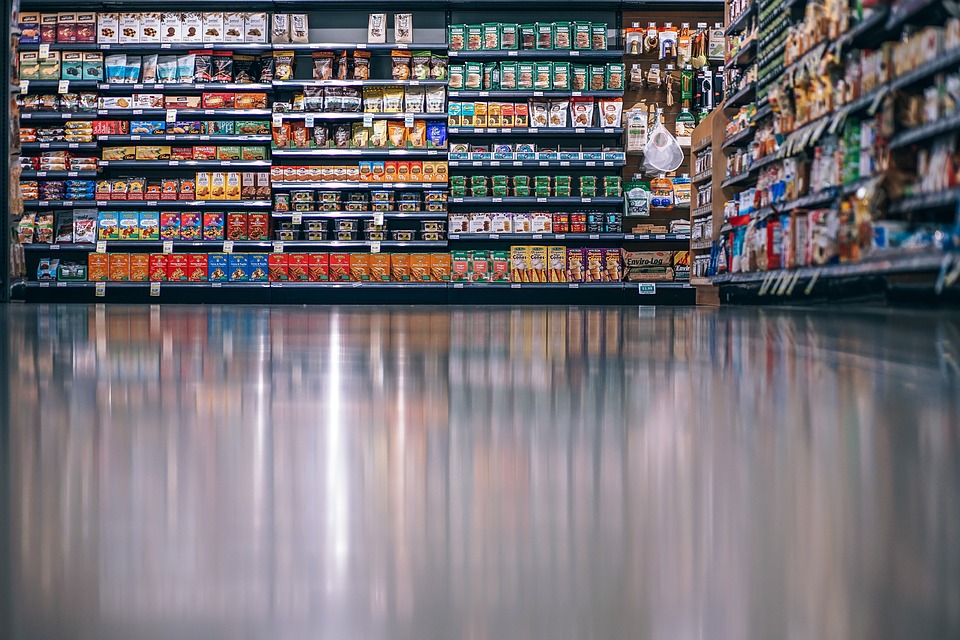As environmental organizations have recently been looking at the carbon footprint of various industries, let’s see how the fashion industry contributes to the global carbon footprint. In 2018, it was found that the fashion industry produces around 4% of greenhouse gases.
Many industries are striving for sustainability these days as it has become a necessity. Becoming environmentally-conscious forces us to rethink our consumption habits, and consumers are more willing to buy sustainable products. In addition, environmental laws are becoming more severe.
How much does our wardrobe cost the environment?

It’s easy to calculate the total cost of a shopping spree; you take all the receipts and add up the total price, but did you know some costs go unnoticed? Behind every item of clothing, there is an environmental cost.
More than 3 litres of water are used to make one pair of jeans, equivalent to emitting more than 30 kilograms of carbon dioxide. Annually, the fashion industry uses about 93 billion cubic meters of water, and half a million tons of plastic microfibers are thrown into the ocean, equivalent to 50 billion plastic bottles.
Another major problem the fashion industry is facing is fast fashion. While many of us are happy to buy new clothes every week because they are so affordable, clothing stores are forced to design new garments weekly due to high demand.
In 2000 alone, 50 billion new garments were made, and 21 years later, that number is still increasing. You might think that there is still recycling of clothing, but keep in mind that only 1% of this production is recycled. More than $500 billion of clothes are thrown away, sometimes not even worn or recycled, and they end up directly in landfills.
How should the fashion industry change?

Even though it does a lot of damage to the environment, the fashion industry is one of the industries that create the most jobs after tourism: about 75 million direct employees. Even if there is a pandemic, the only real challenge for the fashion industry is sustainability. The situation will worsen in the next 30 years if no action is taken to solve the problem.
Below we have listed some ways to make the fashion industry more sustainable:
Second-hand Shopping
We’ve seen an increase in secondhand shopping culture, and Millennials are buying more secondhand clothing than ever before. This has prompted brands and retailers to recycle their vintage pieces.
Shoppers are aware of sustainability, which is also an eye-opener for manufacturers. Studies have shown that the secondhand clothing market will be worth more than $50 billion in three years.
Tailored clothing

A new fashion trend is custom-made and on-demand clothing. Who wouldn’t want to have unique and customized outfits?
Manufacturers are now focusing on providing their customers with a tailored fashion experience that reduces mass production and conserves natural resources.
Ethical fashion
The fashion industry has long been known as a tormentor of animals, workers, and, of course, the planet. Some thoughtful manufacturers are now opting for veganism and sustainability. And why? Because consumers are now choosing more eco-friendly brands. So what do brands do when they have environmentally conscious customers? They need to go green with their products.
The five R’s of fashion
Reduce, Repair, Recycle, Reuse and Reinvent. Upcycling fashion aims to be sustainable, using garments worn before or after consumption to create new products. Several brands have taken to repurposing and reinvent old pieces.
We encourage consumers to choose green fashion to make the industry more sustainable. Let us know what you think about sustainable fashion in the comments.








